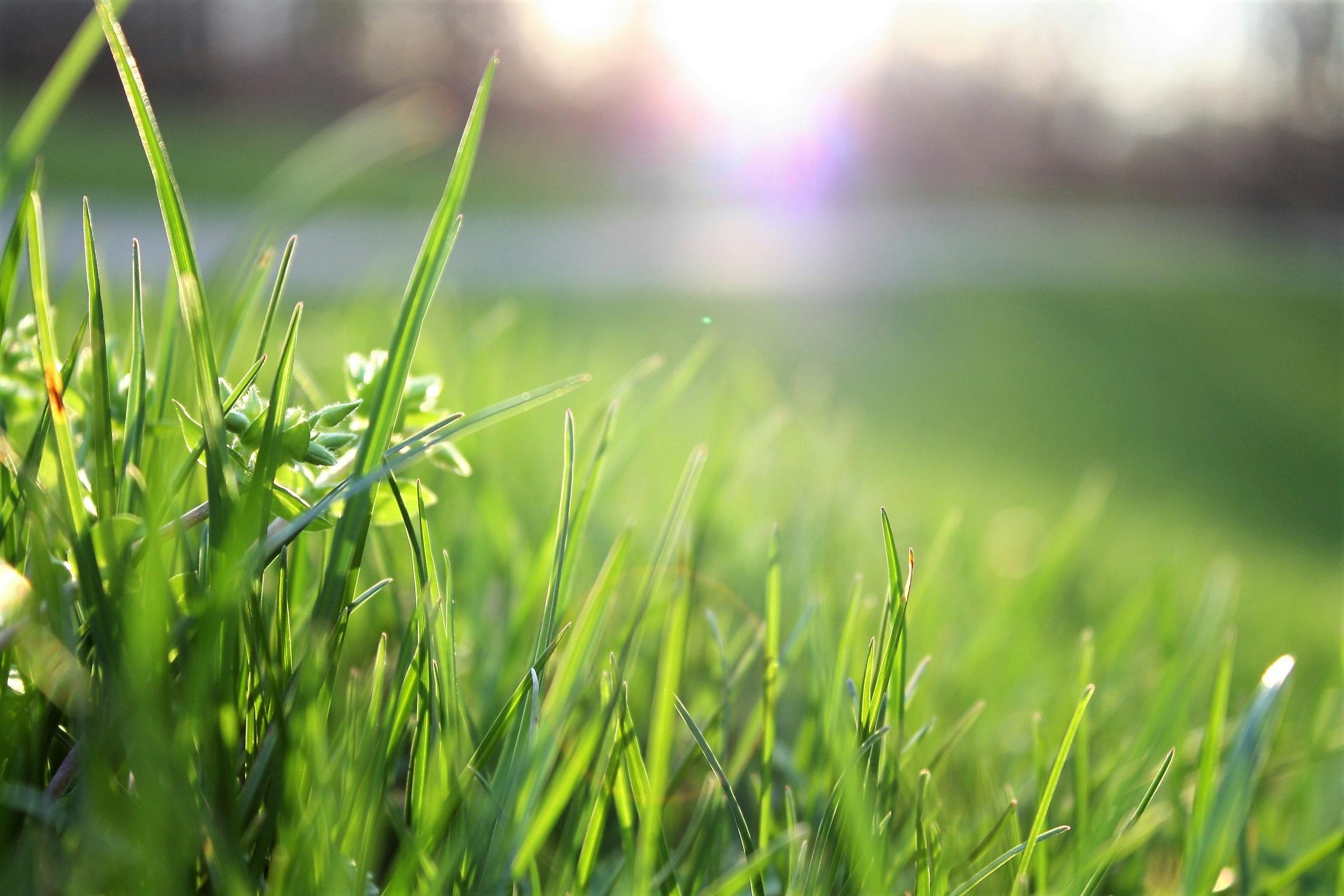
Image Source: Pexels
Landscaping doesn’t have to break the bank. While it can easily cost hundreds or even thousands to maintain a yard or garden, a few smart strategies can help you save big. Here are eight budget-friendly landscaping tips you won’t hear every day. We’re moving beyond common advice to uncover truly innovative ways to beautify your space on a dime. With a bit of creativity and some resourceful thinking, you can achieve impressive results that look anything but cheap. Prepare to discover practical, wallet-friendly approaches that will have your neighbors wondering how you did it.
1. Utilize Perennials
If you want the most bang for your buck, focus on planting perennials that will come back year after year. The return on investment of perennials far exceeds the cost of annuals. For example, Hostas are very inexpensive and will grow for up to 25 years. Also, you should consider planting perennials that can be divided for a more cost-effective solution.
2. Conserve Water
Try to pick plants that require less water. Some examples of plants that need less water are snake plants, ponytail palms, and certain ferns. You should also water at night to avoid evaporation. To save even more, you can harvest rainwater instead of using an expensive sprinkler system.
3. Create Budget Walkways
Pavers and other similar walkways can cost a lot. If you want to save money on your walkways, you’ll have to get creative. Did you know that some companies will deliver mulch to you for free? In addition, you may be able to find free wood chips. Gravel can also be a cost-effective solution, You don’t have to spend a fortune to have a manicured walkway.
4. Mulch Alternatives
Mulch can be very expensive. On average, mulch costs between $50 and $155 per cubic yard, excluding delivery. But mulch can add the finishing touch to your yard and help with water drainage. To save money, instead of purchasing store-bought mulch, you can create your own mulch. You can use newspaper clippings, wood chips, leaves, straw, and grass clippings.
5. Group in Threes
Why are plants always grouped in odd numbers? The answer is simple: grouping in threes helps to create depth and also looks more natural. You’ll also visually fill more space with fewer plants. This trick can save you hundreds of dollars without losing any visual impact.
6. Try a Living Fence
Fences can be unsightly and costly. Instead, try a living fence. According to the Pennsylvania Horticultural Society, a living fence is created by planting trees or shrubs closely together to form a dense, green barrier. Living fences are more natural and softer than a traditional fence. Plus, they are more environmentally friendly.
7. Buy During Sales
It goes without saying, but you should try to buy your lawn and yard supplies during sales. Another trick is to look for discounted plants that may be dying. You can always try to bring them back to life, and they are usually heavily discounted by the store.
8. Mow Your Lawn High
If you mow your lawn high, you’ll cut down on maintenance costs. Mowing it high promotes healthier, deeper root growth, leading to a more resilient and lush lawn. Plus, taller grass shades the soil, so you won’t have to water it as often. Weeds also won’t grow as fast in tall grass since the soil is shaded, making it harder for weeds to germinate and grow. You should use the one-third rule when cutting your lawn. Never remove more than one-third of the grass blade’s height when mowing.
Cultivating Beauty on a Budget
Creating a stunning outdoor space truly doesn’t need to drain your bank account. As these eight unconventional tips have shown, a combination of smart planning and creative thinking can make all the difference in achieving your landscaping goals. By implementing these budget-friendly strategies, you can significantly enhance your yard’s appeal without overspending. The real reward is the satisfaction of enjoying a beautiful, personalized landscape that you’ve thoughtfully crafted affordably. So go ahead, embrace these ideas, and watch your dream garden flourish without the financial stress.
What are some of your budget friendly landscaping tips? Let us know in the comments.
Read More
No Yard, No Problem: How Urban Gardening Is Changing City Life

Teri Monroe started her career in communications working for local government and nonprofits. Today, she is a freelance finance and lifestyle writer and small business owner. In her spare time, she loves golfing with her husband, taking her dog Milo on long walks, and playing pickleball with friends.
Leave a Reply